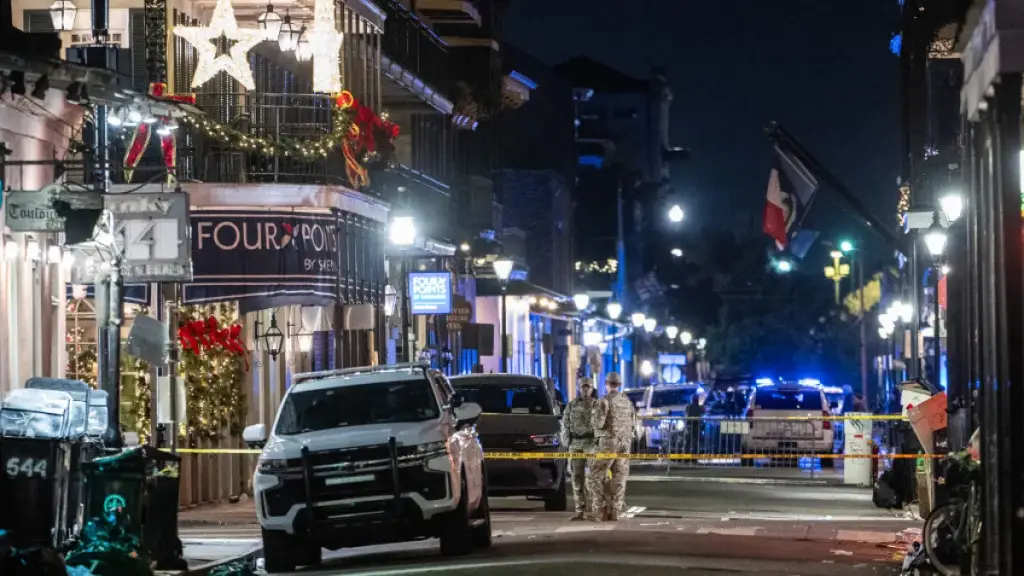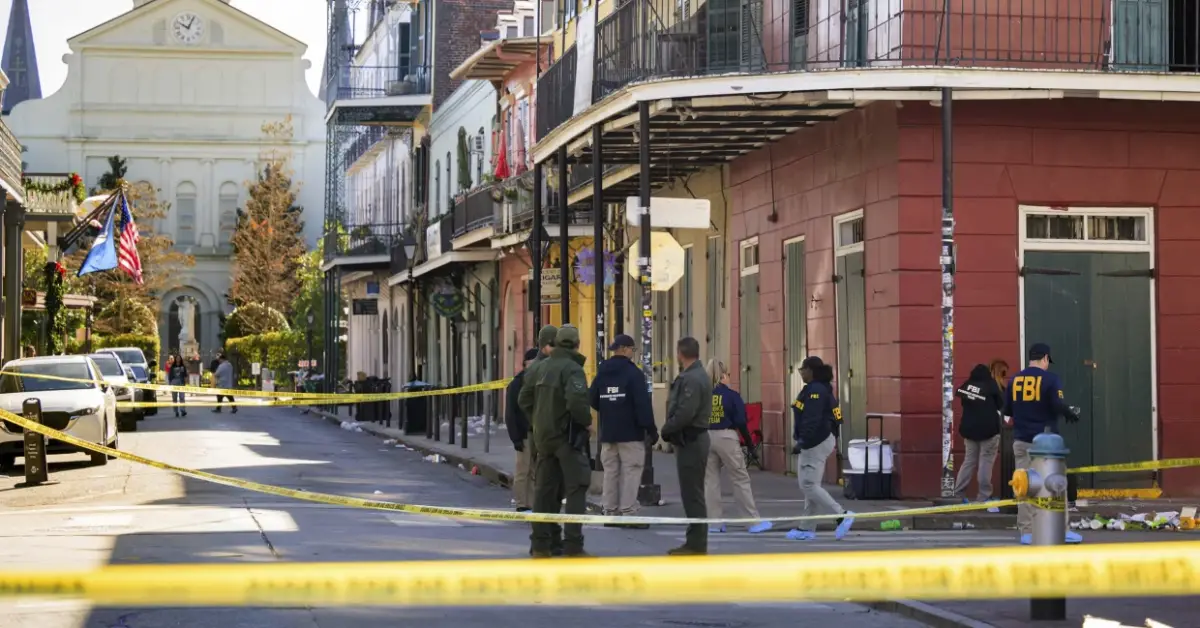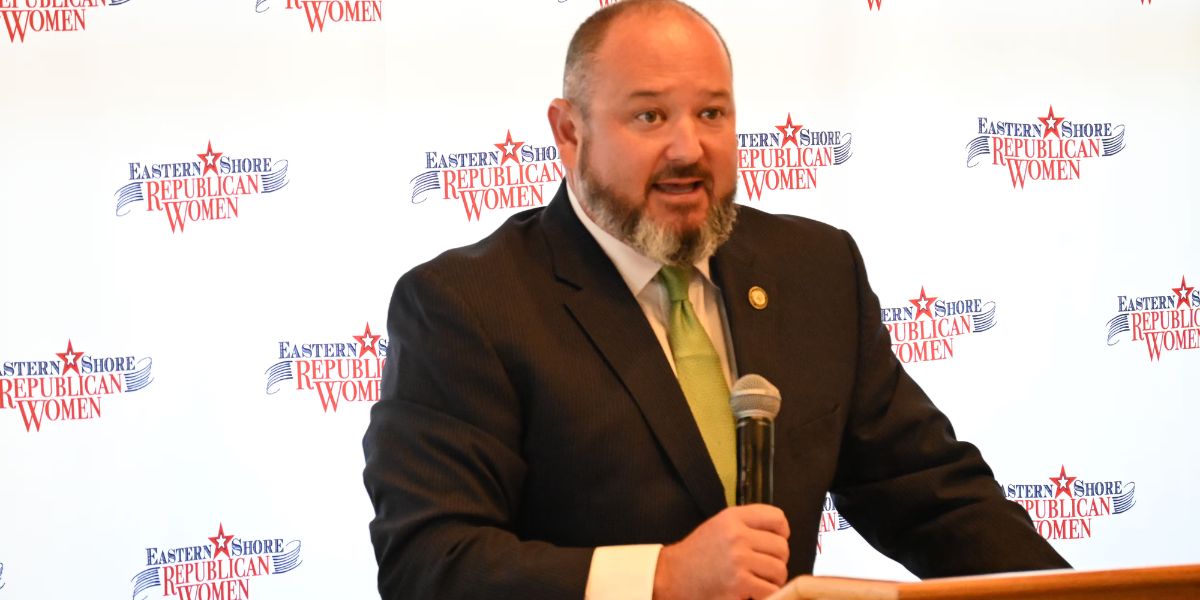A chemical commonly used for making explosives was found in a Texas storage unit connected to the Army veteran who carried out the deadly New Year’s attack in New Orleans, authorities confirmed on Tuesday.
Investigators from the FBI and the Harris County Sheriff’s Office searched a storage unit northwest of Houston overnight. Inside a cooler, they discovered bottles of sulfuric acid, officials from the FBI’s Houston field office reported.
Sulfuric acid is a widely used and easily accessible chemical. It can be mixed with other substances to create explosives. However, the FBI has not provided further information on how the attacker, Shamsud-Din Jabbar, may have intended to use it.
Jabbar, a Houston resident, killed 14 people and injured more than two dozen others by driving into crowds celebrating New Year’s Eve in New Orleans. He was later killed in a gunfight with authorities. Officials also revealed that he left two homemade explosive devices on Bourbon Street, but they did not detonate.
Authorities are unsure why the bombs failed to explode. The FBI has stated that the devices were most likely made with RDX, a common explosive material. Surveillance footage showed Jabbar placing the devices along Bourbon Street before launching his attack.

Officials also believe Jabbar deliberately set fire to his short-term rental home in New Orleans to destroy any evidence. Investigators found bomb-making materials and what appeared to be a homemade silencer inside the burned home.
Law enforcement has classified the attack as terrorism, saying it was “100% inspired by ISIS,” the Islamic State militant group. Officials believe Jabbar acted alone.
Jabbar rented a truck and drove from Houston to New Orleans before carrying out the attack. Along the way, he posted Facebook videos in which he expressed support for ISIS. In these videos, he also mentioned that he had previously considered harming family and friends.
However, he changed his plans, believing that such an act would not attract media attention to what he called the “war between believers and non-believers,” according to Christopher Raia, deputy assistant director of the FBI’s counterterrorism division.
The attack on New Year’s Eve sent shockwaves through the city of New Orleans. Many of the victims were tourists who had gathered to celebrate in the popular French Quarter. Emergency responders rushed to the scene, providing medical assistance and transporting the injured to nearby hospitals. The chaos and devastation left the city in mourning as authorities worked to piece together Jabbar’s motives and actions leading up to the attack.
The discovery of sulfuric acid in the Texas storage unit has raised more questions about Jabbar’s long-term plans. Experts say sulfuric acid is a key ingredient in making explosive devices, and while it is legally available for industrial and household use, it can be weaponized when combined with certain chemicals. Authorities are now investigating whether Jabbar had planned additional attacks or if he had accomplices who may have helped him acquire materials.
Neighbours and acquaintances of Jabbar described him as a quiet individual who largely kept to himself. However, investigators found online evidence of his radicalization, including social media posts and communications that suggested he had been influenced by extremist ideologies for several years. His decision to act alone made it harder for authorities to detect his plans in advance.
The failed detonation of the explosive devices on Bourbon Street has led forensic teams to examine the construction of the bombs. Experts believe Jabbar may have made an error in assembly or used a faulty component, preventing the devices from exploding as intended. Had the bombs gone off, the death toll could have been significantly higher.
Federal agencies, including the FBI and the Department of Homeland Security, are now working with local law enforcement to determine whether additional threats exist. Officials are also reviewing Jabbar’s financial records, travel history, and contacts to identify any links to other extremist groups or individuals who may have aided him in obtaining materials.
Authorities are urging the public to remain vigilant and report any suspicious activity. The attack has once again raised concerns about homegrown extremism and the challenges law enforcement faces in identifying lone-wolf attackers before they strike. Security measures in major cities are being reassessed, and counterterrorism experts are analyzing potential strategies to prevent future attacks.
The New Orleans attack serves as a grim reminder of the persistent threat posed by radicalized individuals. While officials have reassured the public that there is no immediate danger, they continue to investigate Jabbar’s activities and any possible network that may have supported him. The tragedy has left families grieving, and the city of New Orleans is now focused on healing and strengthening security measures to prevent similar incidents in the future.
As more details emerge, authorities are working to provide transparency to the public while ensuring national security remains a top priority. The case remains active, with investigators combing through every piece of evidence to understand the full scope of Jabbar’s intentions and possible influences. Meanwhile, survivors and the families of the victims are calling for stronger measures to prevent such attacks from happening again.
Disclaimer: This article has been meticulously fact-checked by our team to ensure accuracy and uphold transparency. We strive to deliver trustworthy and dependable content to our readers.




